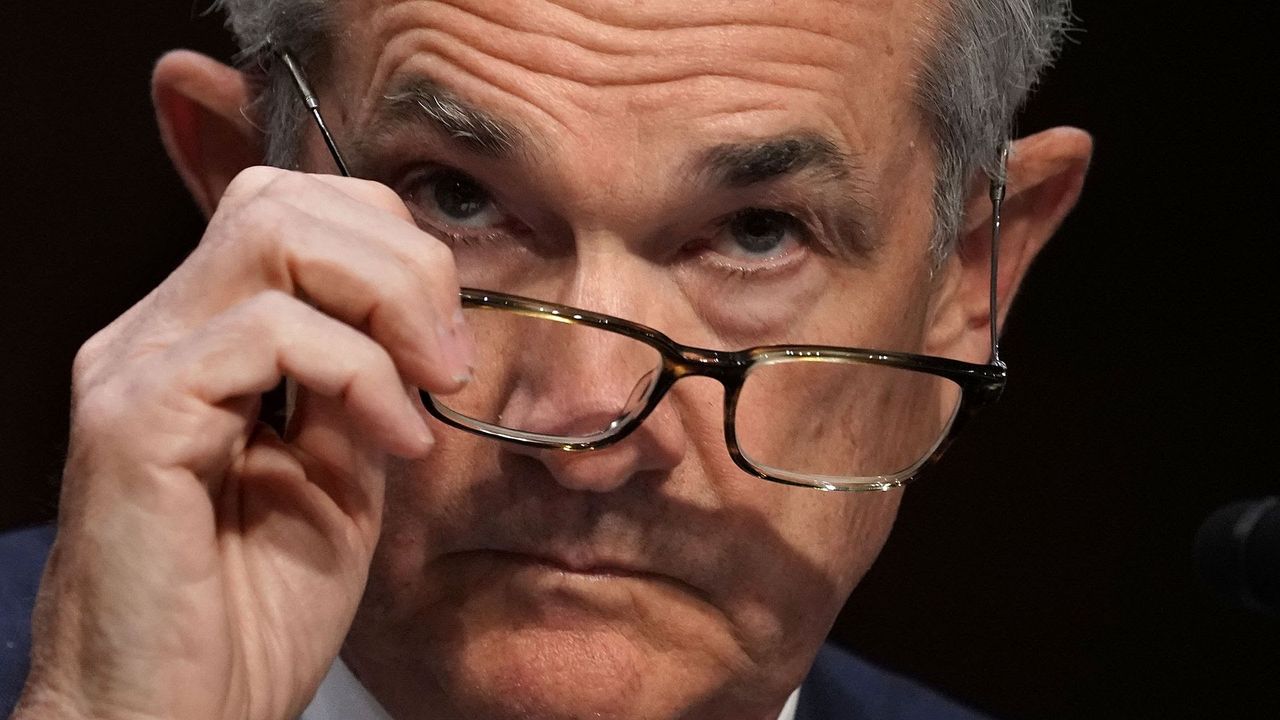
With long-term U.S. interest rates creeping higher and the stock market rally looking increasingly bubblicious, market participants will have a keen eye on remarks by Fed chair Jerome Powell today at Princeton University.
Why it matters: The uncertainty created by the coronavirus pandemic, volatility in financial markets and diverging opinions about the future of monetary policy from Fed policymakers have investors hungry for guidance.
What’s happening: Minutes from the Fed’s latest policy-setting meeting and comments from various members of the FOMC in recent days have suggested the central bank could begin reducing its massive quantitative easing program — which has provided significant confidence to stock and bond investors — by the end of the year.
- While comments from other members of the committee have suggested the central bank will be buying bonds for much longer.
What they’re saying: “I could see, potentially, that occurring at the very end of 2021 or early 2022,” Philadelphia Fed president Patrick Harker said of reducing the Fed’s bond buys in a speech last week.
- Atlanta Fed president Raphael Bostic told reporters on Monday he was “open to” tapering bond buys later this year.
- “I would hope it might be this year,” Dallas Fed chief Robert Kaplan said Monday.
On the other side: In an effort to tamp down on all the tapering talk, two of the Fed’s heavy hitters, seen as closest to Powell, made clear we would be here for a while.
- “We are not going to lift off until we get inflation at 2% for a year. … We are trying to tie our hands,” Fed vice chair Richard Clarida said Wednesday.
- The U.S. economy remains “far away” from the Fed’s goals and as a result, the bond-buying program will likely continue for “quite some time,” Fed governor Lael Brainard said on Wednesday.
By the numbers: The Fed is currently buying $120 billion of U.S. Treasury bonds and mortgage-backed securities every month in part to keep yields on U.S. government debt low.
- Even so, the 10-year Treasury yield has risen by nearly 25 basis points since the start of the year, touching a high of 1.18% earlier this week as investors brace for a pickup in inflation.
- Ten-year breakeven inflation rates rose as high as 2.11% last week and held steady at 2.06% on Thursday.
Watch this space: The Fed’s latest report on business conditions around the country found that a third of the U.S. central bank’s 12 districts reported flat or declining activity in November and December while the majority of districts said activity increased only modestly.

